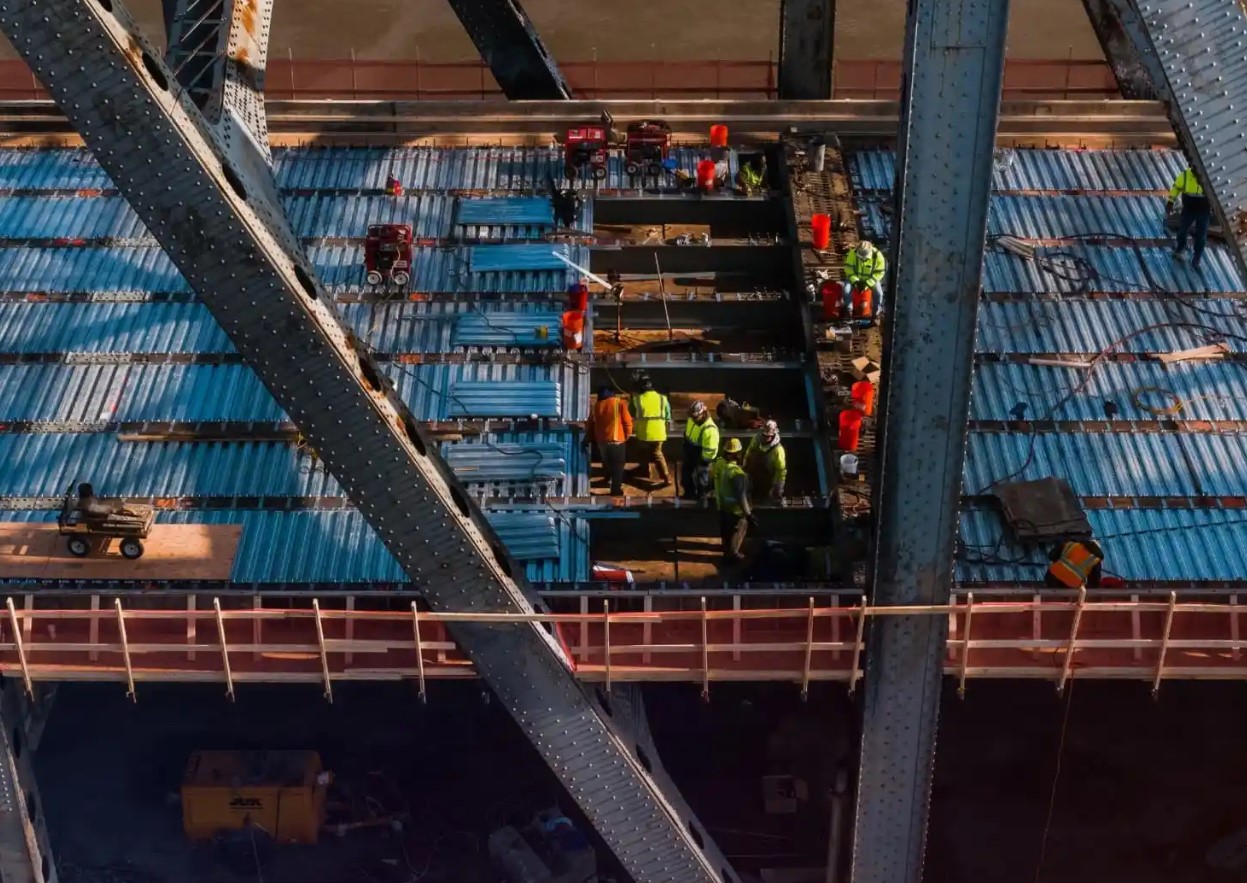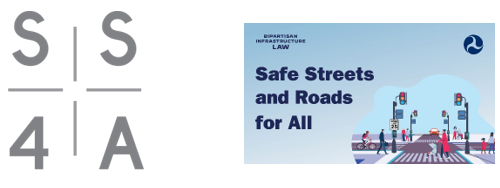FAQ for BIP on the FHWA website
Q1) What is the Bridge Investment Program (BIP)?
A1) The BIP is a competitive discretionary grant program to improve the safety, efficiency, and reliability of the movement of people and freight by replacing, rehabilitating, preserving, and protecting bridges in the National Bridge Inventory (NBI). It has a focus on improving the condition of bridges in poor condition and supporting activities to prevent bridges in fair condition from dropping to poor condition.
Q23) Where can I check to see if my bridge is in the National Bridge Inventory?
A23) Data from the NBI can be accessed at the following link: National Bridge Inventory - Management and Preservation - Bridges & Structures - Federal Highway Administration (dot.gov).
Q10) Are there any restrictions on funding?
A10) Yes. A minimum of 50 percent of funds made available for this program from the Highway Trust Fund must be spent on Large Bridge Projects (see 23 U.S.C. 124(p)(1)). For FY22, this equates to approximately $903 million. Additionally, a maximum of 5 percent of funding may be awarded solely to projects that replace or rehabilitate culverts (see 23 U.S.C. 124(c)(6)).
Q20) Can a group of bridges be packaged into a single project to meet the minimum threshold for a grant?
A20) Yes, bridge bundling is specifically identified in 23 U.S.C. 124(a)(1)(B)(i) as an eligible project, and such projects are encouraged under the BIP. Bundling of multiple bridges into a single project is a method to meet the project threshold requirements for a BIP grant and often results in total project cost savings.



